Los (2001)
Genre : Documentary
Runtime : 1H 26M
Director : James Benning
Synopsis
Los Angeles is depicted in 35 stationary shots, each 2 1/2 minutes long, in this non-narrative film.

Paralleling the dramatic student protests and riots that were exploding across the world in the 1960s at the time the film was made, The Confrontation is a story of protest and rebellion in 1947 Hungary when the Communist Party have just taken power. Jancsó's first colour film is another virtuoso display by a director at the peak of his powers, and eloquently explores the complex issues and inherent problems of revolutionary democracy.

Revisits of locations on the Great Hungarian Plain - the puszta - that were used in Tarr's Sátántangó and Werckmeister harmóniák. Recitations of short lyric poems by Hungary's national poet Sándor Petofi.

György Fehèr’s aim was to “make a film which is similar to the last salvaged print of a long lost film”. The passions he investigates are centred on primeval fears and cravings and a sense of inescapable doom. Shot in powerful black and white with excellent central performances.
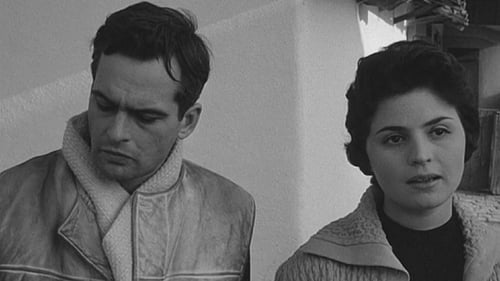
A young doctor undergoes a spiritual crisis when he returns to his rural home.
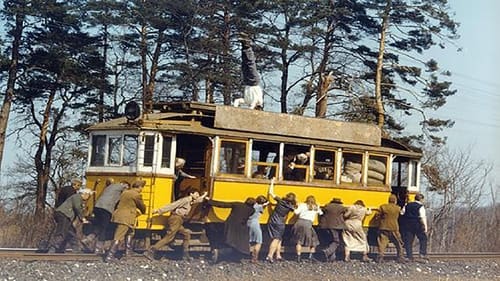
"Budapest Tales" is about a group of people (consisting of Szabo regular Andras Balint along with Ildiko Bansagi and Karoly Kovacs) who find a broken down tram while trying to go to the city. The people band together and try to get the tram back on the train tracks and head towards the city. Along this journey the passengers encounter many people who join them on the tram. What started out as only a handful of people has now turned into a small village. As the people travel on to the city each person takes on certain roles and through the course of time these roles will change. Some people fall in love, others out of love, and a few even die. But life goes on. The people keep the tram going hoping to reach Budapest.
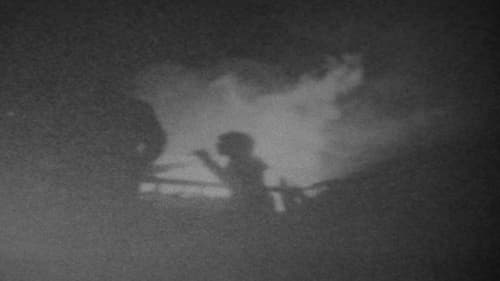
A family's place in the wilderness, outside of time; free-range animals and children, junk and nature, all within the most sublime landscape. The work aims at an idea of freedom, which is reflected in the hand-processed Scope format, but is undercut with a sense of foreboding. There's no particular story; beginning, middle or end, just fragments of lives lived, rituals performed.

This film is about the relationship of a mother and her daughter, the split-up of their family, the blessing and curse of belonging together and about coming of age - all this from the perspective of the young girl Aglaja. The story is based on real-life events, an Eastern European circus artist family that fled to the West. If they want to stay in the circus business they have to make up an exotic act. The mother spends all their money to buy a very dangerous act: hanging by her hair high up in the dome of the circus while juggling with burning torches. Every night Aglaja is terrified by the fear of losing her mother. But, on some day, she has to follow the family tradition and become the "Woman with the Hair of Steel".

"Blushing Charlie" - Truckdriver and bachelor Charlie meets homeless and seven months pregnant Pia. They both dream of finding someone to share their lives with. Charlie then faces a dilemma whether to take part in a demonstration in favor of Cuba, and in addition with his employer's truck.
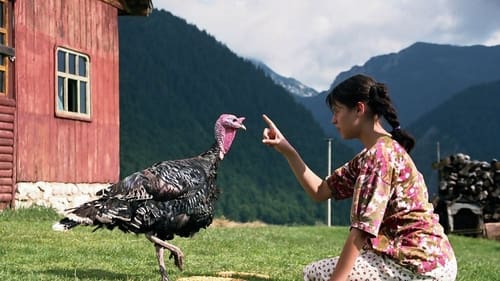
Six young filmmakers from Central and East Europe developed shorts about the theme of "generation".
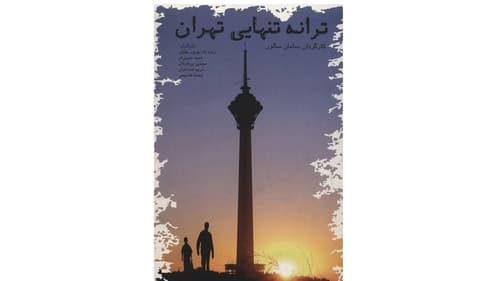
Directed by Saman Salur

The heroes of the film are manual workers, members of a Socialist Brigade. Gyula, the brigade leader once has a dream where the gate-keeper searches through Lenin, about to leave the factory. He decides to stage Gelman's play, Premium, with his brigade, since the drama very effectively depicts what they see in the world around.

Enacting the story of a hunt with wild but precise gestures, the Polish animator Witold Giersz’s The Horse (award-winning at the Krakow Film Festival for “its exceptionally interesting animation technique”) explodes with color and brings to life the physical strokes of paint of which it is made. The film never lets you forget that what you’re seeing is simply paint being rearranged into recognizable shapes, yet the pumping musical score and expressiveness of its titular character provide a simultaneous emotional experience. The abstract backgrounds render the narrative world beautiful and strange yet entirely comprehensible, as the film depicts an epic chase from humanity’s past.

Loving cult film and idiosyncratic musical portrait of summer festivities in the Catalan village of Crespià, with early performances by the well-known faces from the work of Serra.

Short science fiction film, a companion piece to Kluge's Der Große Verhau and Willi Tobler und der Untergang der 6. Flotte.

Short propaganda film. Warsaw's post-war reconstruction as seen through the eyes of the passengers of a red bus.

About an aspiring author who wakes up from a 27-year coma as one of his country's finest authors, credited for a book he didn't write.
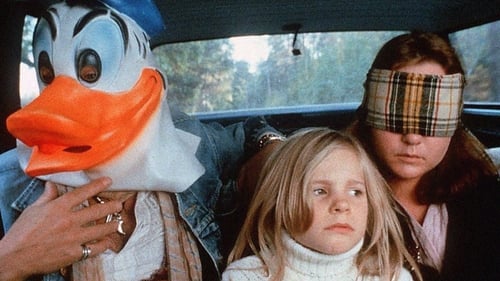
The terrorist Fors arrested after an attack on a OPEC meeting. Shortly afterwards town minister's daughter gets kidnapped by two men who require Fors be released and that he will flight phase to Albania. SÄPO agent Olsson will handle the case.

As if we were in a small town. An ordinary day in a kid’s life. An incredibly hot day. Here everything is unique. One gang. One game. One field. One girl. In the span of one day, how can this boy arrive at such a changing point in his life from which there is no return?

A three hour shot containing light, dark, and a BNSF train in the desert.
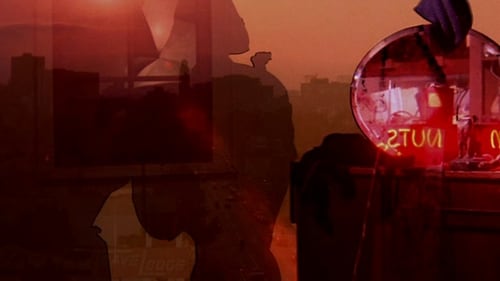
Pat O'Neill, one of the most interesting filmmakers in America today, offers a dazzling reflection on the conflict between nature and man in Los Angeles, or the desertification of the city's surroundings due to its enormous water consumption. More interestingly, it is also a film in the age-old tradition of city symphonies: a film about LA's foundation myths and the dreams it embodies, about its history and (grim) future, its topography and ethnography. O'Neill uses footage from several classic films to recreate the several layers of meaning emanating from the city, juxtaposing images and fantasies and hardly ever allowing one picture to go untouched. George Lockwood's swarming soundtrack is likewise composed of conflicting languages, an elaborate work of plunderphonics in which snippets of sound stolen from movies collide with electronic soundscapes, contemporary chamber music, improv, and what not.















